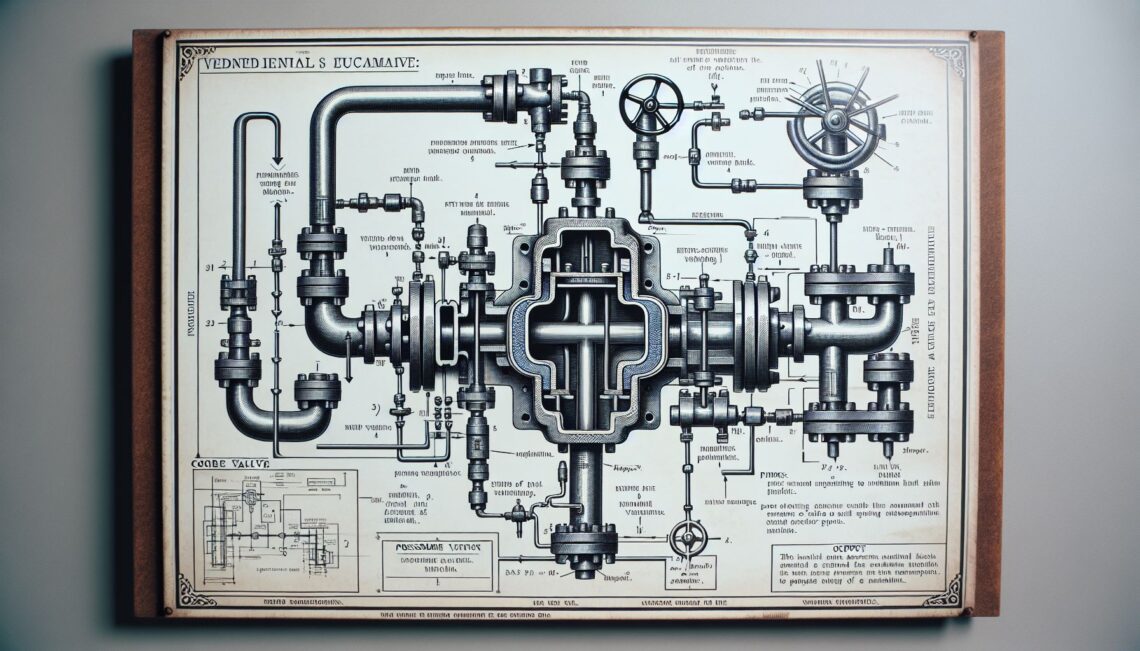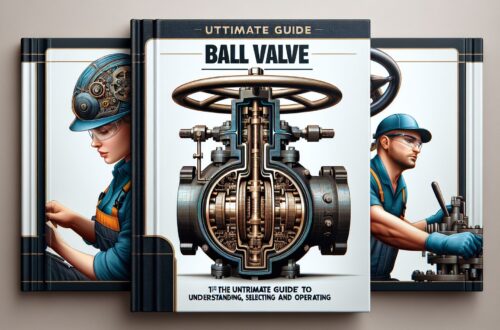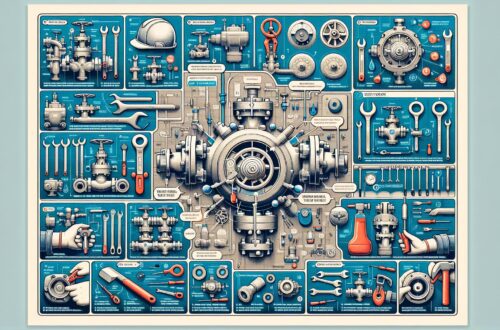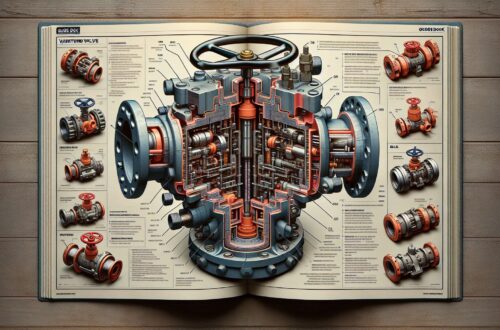
Valve Sizing: The Ins and Outs
Knowing how to size valves correctly is incredibly important. Valves are crucial factors in many operations, from complex industrial processes to simple household utilities. Knowing how to properly size these valves, therefore, is anything but trivial. Having the wrong sized valve can have disastrous effects, from poor process control to leakages, damages, and even critical safety issues. Let’s dive deeper into what valve sizing entails, why it’s important, and how you can go about it.
What is Valve Sizing?
Valve sizing is the process of determining the correct valve size for a given application. While it might seem as simple as finding the right diameter to fit your pipe, many other factors come into play, including pressure, flow rate, temperature, and the properties of the fluid passing through the valve.
Why is Valve Sizing Important?
Having correctly sized valves is crucial for several reasons, including:
- Efficiency: A correctly-sized valve ensures the flow rate is optimized, which allows for efficient operation of your system.
- Safety: If a valve is too large or too small, it could have serious implications for the safety of your system. For instance, an oversized valve might not close properly, causing leakages.
- Cost: Correctly-sized valves make more economical sense. Installing an oversized valve can have a higher capital, maintenance, and operating costs.
- Maintainability: Properly sized valves are often easier to maintain as they are less likely to fail or require replacement parts.
How is Valve Sizing Done?
Valve sizing is typically done using established equations and industry standards. Different valve types have different sizing methods due to their unique operation mechanisms. Key parameters used in valve sizing include:
- Flow Coefficient (Cv): This represents the amount of fluid (in US gallons per minute) that can pass through a valve with a pressure drop of 1 psi.
- Pressure Drop (ΔP): This refers to the difference in pressure upstream and downstream of the valve.
- Flow Rate: This is the volume of fluid passing through the valve per unit time.
- Fluid Characteristics: Density, viscosity, and temperature of the fluid are important parameters.
- Valve Type: Different types of valves have their unique sizing considerations.
A typical valve sizing process entails calculating the flow coefficient based on your needs, and then matching this up to available valve sizes and types.
A word of caution, though: while it’s vital to grasp the basics of valve sizing, the actual process can be complex and precise, involving many variables. It’s generally recommended to leave this task to an experienced professional or use specialized software where possible.
Wrapping it Up
Valve sizing is an essential aspect of system design that ensures optimal performance, safety, and reliable operation over time. Understanding the basics of valve sizing and the factors that impact it can make you a better decision-maker in the selection and installation of valves.
If you’re about to embark on a project that involves either selecting or operating valves, it pays to have a solid understanding of valve sizing. If you can get it right, you will save yourself time, money, and a lot of potential headaches down the line.
Additional Resources
To further explore the concept of valve sizing and how to get it right, check out the following resources:
- The Valve Manufacturers Association of America (VMA) Guide to Valve Sizing (http://www.vma.org/)
- “Valve Handbook,” a comprehensive guide written by Philip Skousen
- Emerson’s Valve Sizing & Selection software (https://www.emerson.com)
These resources provide a deeper insight into valve sizing and can guide you through the complexities of selecting the most appropriate valve for your application, ensuring safety and efficiency in your operations.
“A stitch in time saves nine”, as the old saying goes. The same is true with valve sizing – getting it right from the onset will save you from needless replacements, adjustments, and potential damage to your entire system down the line.
Please note: if you’re not a valve expert or an engineer, you might not properly size a valve without professional help. Always consult a valve professional if you’re unsure.
Sources:
1. Valve Manufacturers Association of America (VMA)
2. “Valve Handbook,” by Philip Skousen
3. Emerson’s Valve Sizing & Selection




